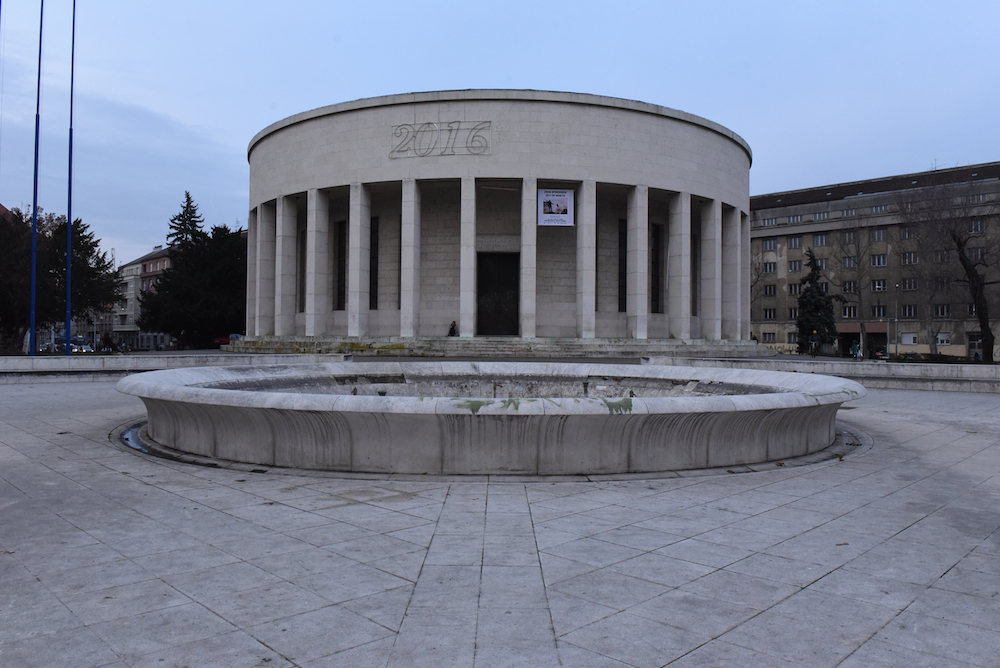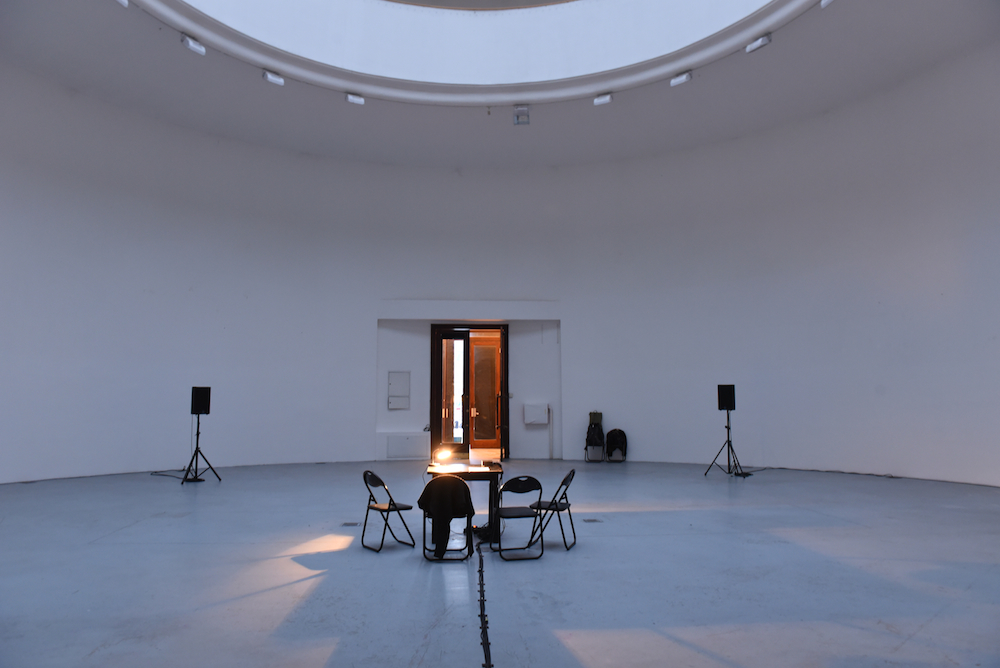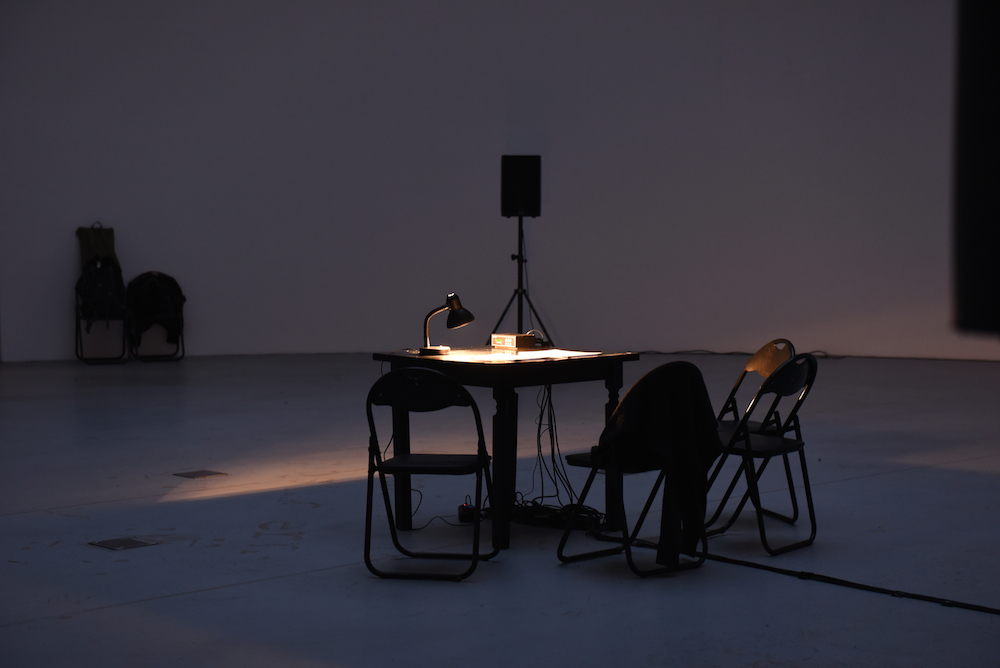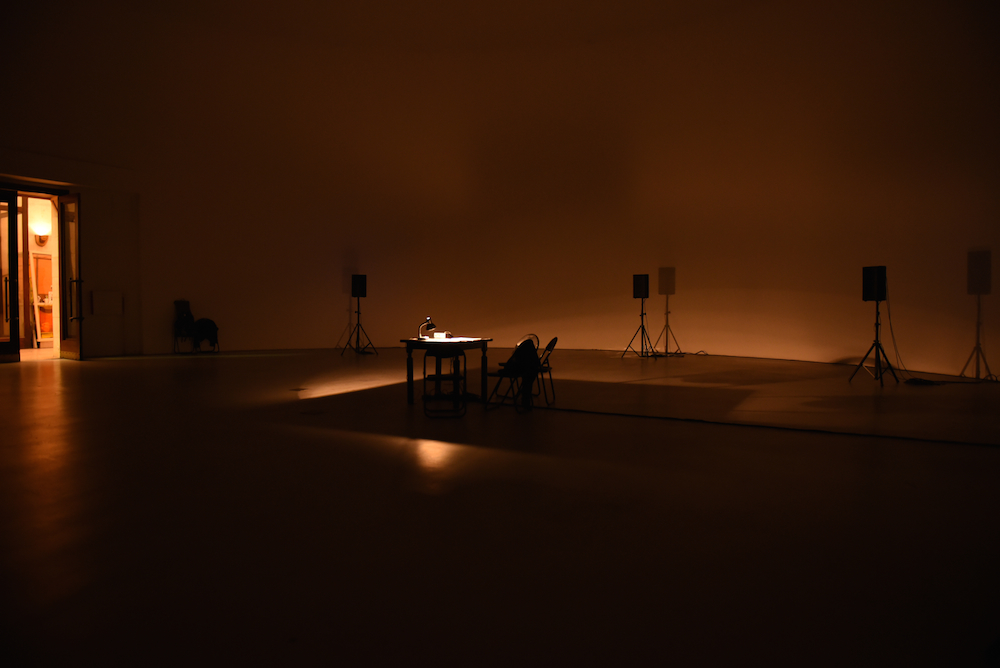‘Interrupting the Surface’, Galerija Bačva, The Meštrovićev Pavilion, Zagreb
14 January 2016 to 24 January 2016
The 8 channel audio installation Surface Interruption at OUT OF NORTH!! in Galerija Bačva at The Meštrovićev Pavilion in Zagreb the 14. January 2016 at 19.00.
Address: Galerija Bačva, Dom HDLU, Trg žrtava fašizma 16, 10000 Zagreb
The exhibition is curated by Nina Thorstensen, commissioned by CAA, Croatian Association of Artists and it is supported by OCA, Office for Contemporary Art Norway, The Norwegian Embassy, PNEK, The Zagreb City Council and The Meštrovićev pavilion.
Find information about CAA and The Meštrovićev pavilion here.
http://www.hdlu.hr
Text for the exhibition:
Surface Interruption
Right under the surface of the water a sound environment exists which is quite alien to us. Our ears are not adapted to listening underwater. Our ears have air inside. Bone conduction works better, to sense the vibrations and sound waves directly in our bone structure. Different fish, insects, crustaceans and mammals under the surface are using sound to communicate, hunt and protect their habitat - like the echolocation used by toothed whales to find their prey and orientate themselves in the dark or the grunts that cod are using to attract a mate.
The water habitats are so close to us, but still so alien and remote. The change from one element to another through the surface membrane is for human beings strangely alien.
I have for the last ten years travelled to both cold and warmer climates on the planet to listen to and record underwater environments. From Greenland to the Caribbean; rivers in Thailand, France and Russia. When you dive, you make a lot of noise if you are not using a rebreather system, so best to use long cables or remotely operated vehicles for recording with hydrophones. Hydrophones work in the same ways as contact microphones, piezos, which need to be in direct contact with the material the vibration and sound waves are resonating.
For Surface Interruption, I have made hydrophone recordings from inside the 10000 year old ice in Greenland, one year old ice in Iceland, and of shallow waters where the surface melts and drifts into waves. Right under the surface you start to hear the underwater insects, crustaceans, the fish eating shells, the snapping shrimps, and a bit deeper you can hear the toadfish, cod and Pollock among many other species of fish. Cod make sound with six drum muscles on their swim bladder. These muscles grow when they are in mating season. One hypothesis is that the female cod choses her partner according to the sound he makes and not his size. The toadfish is almost invisible, but very audible, as it sits and protects its habitat on the reef among visually stunning coral fish.
By giving you one more sense to understand this, our largest habitat on the planet, I hope to evoke curiosity, humility and respect, but also to try to establish a closer relationship to this environment which is so near, right under the surface.












